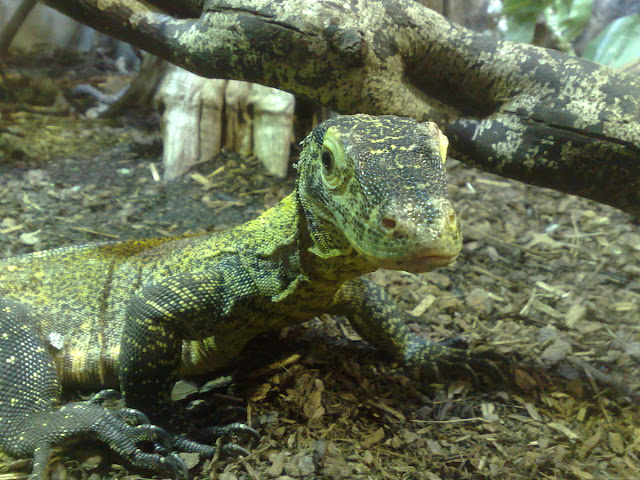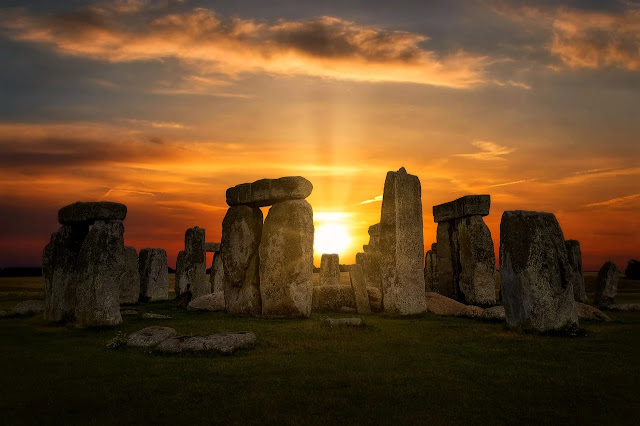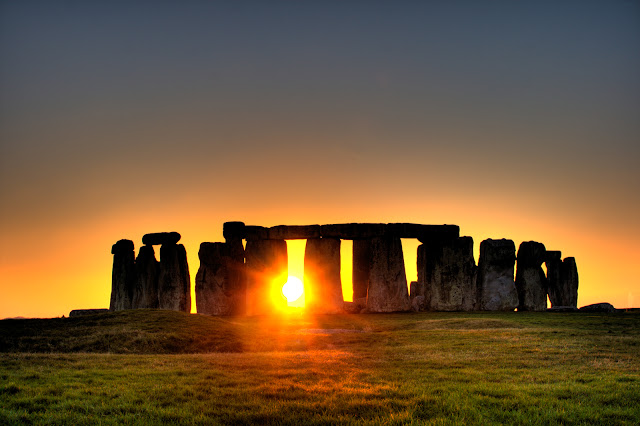Borneo has some of the most amazing wildlife in the world. The island is
home to orangutans, gibbons, tigers, elephants, rhinos, and other species.
Borneo is also known as the land of headhunters.
Borneo was once part of the Indonesian archipelago until it became
independent from Indonesia in 1963. Today, Borneo is divided into two
countries: Brunei Darussalam and Malaysia. Scientists were stunned in 1977 when they began exploring the massifs around Gunung Mulu and found one record-shattering cave after another. Deer Cave, they discovered, had the world’s largest cave passage and an immense population of bats, which make a nightly exodus. The cave’s 12 bat species (the largest variety for a single cave) are estimated to number in the millions. This colossal mass of critters begins pouring from the cave at around 5pm, while dayflying swiftlets pour back in.
Access to Gunung Mulu is from Miri via a 30-minute flight or 12-hour boat ride. July to September are the driest months to visit. There are several reasons why Borneo is called the Land of Headhunting. First,
the indigenous tribes of Borneo were mostly hunters who hunted their prey using
spears and arrows. Second, the headhunting tradition continues today. In fact,
the practice is still practiced by the Dayak tribe. Third, the headhunting
ritual is believed to bring good luck and prosperity. It is also considered a
sign of courage and strength. Finally, headhunting is used for warfare,
revenge, and intimidation.
The Bat Cave is a limestone cavern located in Sarawak, one of the Malaysian
states on the island of Borneo. This cave is inhabited by bats. Most people
visit this cave after seeing pictures online. There is no entrance fee to enter
the cave but there is a small fee if you want to take a tour around the cave.
The Bat Cave is about 1,500 feet long – that’s about half a mile. The cave
gets its name because the bats live inside the cave during the day and fly out
at night. Inside the cave, the temperature is always between 60 and 80 degrees
Fahrenheit. The humidity level is high, which means that the air feels damp
even when it isn’t raining outside.
The first person to discover the Bat Cave was an American named John White.
He discovered the cave in 1881 while searching for gold. At the time, he didn’t
realize that the cave had bats living inside. In the early 1900s, British
explorers started exploring the caves of Borneo. They found many interesting
things like ancient ruins, stalagmites, stalactites, and fossils. Some of these
explorers died from diseases they caught such as malaria and dysentery. Others committed
suicide because they were so depressed from being in the jungle for months.
In the 1950s, a local guide named Tengku Baharuddin led a group of tourists
into the Bat Cave. After entering the cave, the group saw thousands of bats
flying around them. Then, they heard strange sounds coming from behind a rock
wall. When they turned around, they saw hundreds of bats hanging upside down
from the ceiling. These bats were eating insects!
In the 1970s, a group of scientists decided to study the bats in the Bat
Cave. They wanted to find out how the bats lived in the cave. To do this, they
needed to know more about the bats’ diet. So, they placed cameras in the cave
and watched what the bats ate. What they found surprised them. The bats only
eat fruit. They don’t eat bugs or meat.
Today, the Bat Cave is very popular with tourists. People come here to see
the bats and watch the sunset. If you go to the Bat Cave before noon, you can
see lots of bats flying around. However, as the sun sets, the bats start
leaving the cave. You might be able to see some bats flying around the cave
until midnight.






















_fighting.jpg)


























